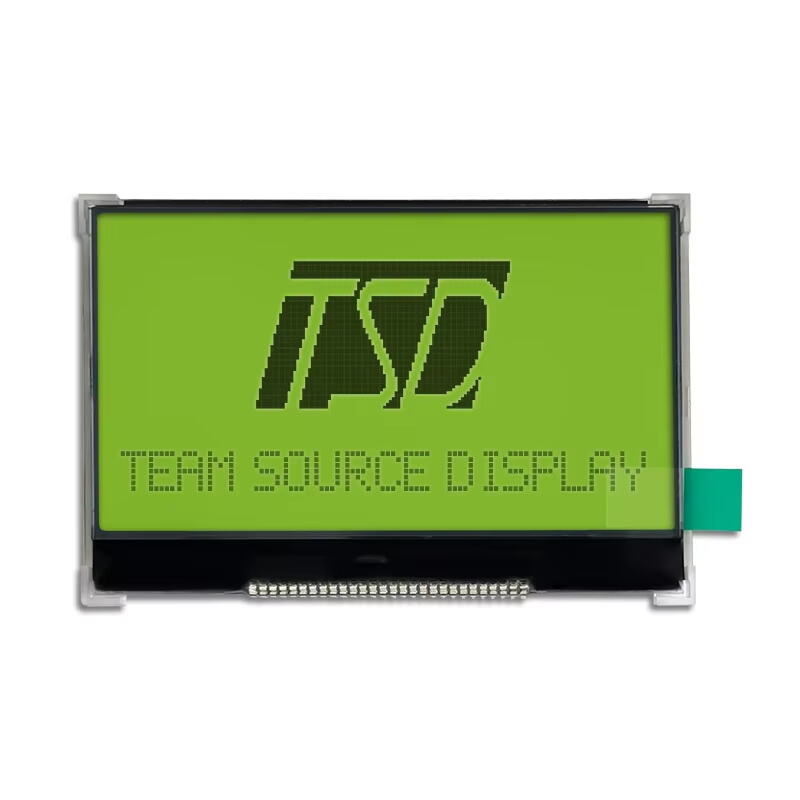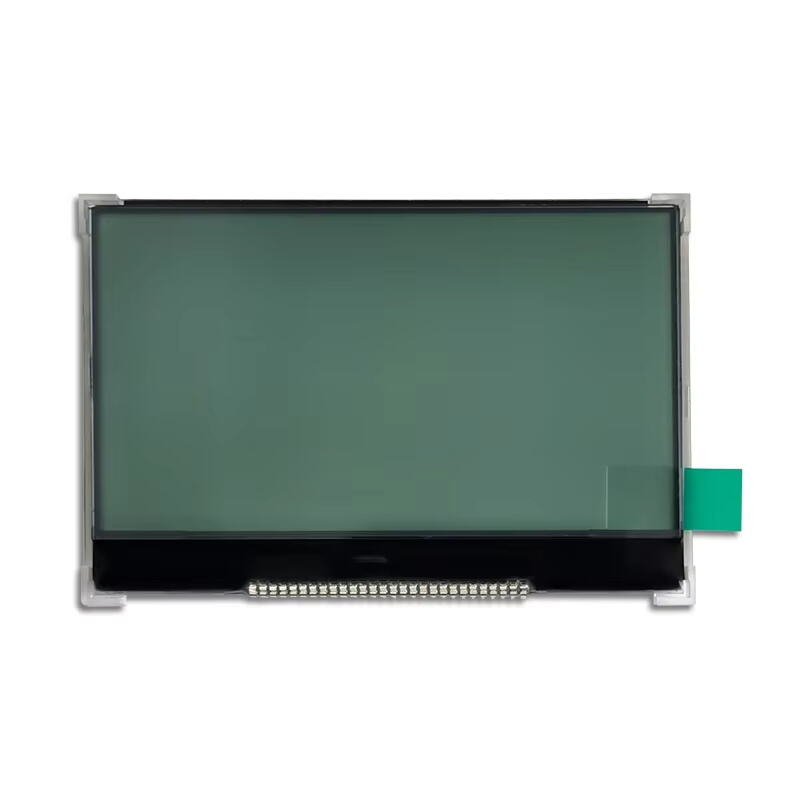Understanding the Essential Elements of LCD Technology
A liquid crystal module represents a sophisticated display technology that powers countless electronic devices we use daily. From smartphones and laptops to automotive displays and industrial equipment, these modules have become fundamental components of modern visual interfaces. To truly appreciate how these remarkable displays function, we need to examine their core components and understand how they work together to create the crisp, clear images we've come to expect.
Primary Structural Components
The Liquid Crystal Layer
At the heart of every liquid crystal module lies the liquid crystal layer itself. This remarkable material exists in a state between solid and liquid, capable of manipulating light in response to electrical signals. The liquid crystal molecules are carefully arranged between two alignment layers that help maintain proper orientation. When an electric field is applied, these molecules can twist and turn, controlling how light passes through the display.
The quality and type of liquid crystal material used significantly impacts the display's performance characteristics, including response time, viewing angle, and color reproduction. Modern liquid crystal modules employ various liquid crystal alignments, such as Twisted Nematic (TN), In-Plane Switching (IPS), or Vertical Alignment (VA), each offering distinct advantages for different applications.
Polarizing Filters
A liquid crystal module incorporates two essential polarizing filters - one in front and one behind the liquid crystal layer. These filters work in tandem with the liquid crystal material to control light transmission. The front polarizer typically aligns light waves in one direction, while the rear polarizer is oriented at a 90-degree angle. This configuration allows the display to create visible images by selectively blocking or allowing light passage based on the liquid crystal molecules' orientation.
The quality of these polarizing filters directly affects the display's contrast ratio and overall visibility. High-grade polarizers can significantly reduce glare and improve viewing angles, making them crucial for premium display applications.

Electronic Control Systems
TFT Array and Driver ICs
The Thin-Film Transistor (TFT) array serves as the electronic backbone of modern liquid crystal modules. This intricate network of tiny transistors controls individual pixels with remarkable precision. Each pixel requires its own transistor, meaning a high-definition display contains millions of these microscopic components. The TFT array works in conjunction with driver integrated circuits (ICs) that interpret incoming video signals and convert them into the appropriate electrical charges needed to control the liquid crystal material.
Driver ICs are sophisticated components that manage timing, voltage levels, and signal distribution across the display. Their design and implementation significantly influence the module's power consumption, response time, and image quality.
Backlight System
Unlike emissive displays such as OLEDs, a liquid crystal module requires a backlight system to generate visible images. Modern modules typically use LED backlighting arranged in either edge-lit or direct-lit configurations. The backlight system must provide uniform illumination across the entire display surface while maintaining power efficiency.
Advanced backlight designs incorporate features like local dimming zones and color enhancement films to improve contrast and color reproduction. The implementation of these technologies has helped liquid crystal modules remain competitive in high-performance display applications.
Protective and Enhancement Layers
Color Filters
Color filters are essential components that enable liquid crystal modules to display vibrant colors. These filters are precisely aligned with individual pixels and typically consist of red, green, and blue elements. The combination of these primary colors, controlled by the liquid crystal layer, allows the display to reproduce millions of different color shades.
Modern color filter technologies incorporate advanced materials and designs to improve color accuracy and efficiency. Some high-end displays use quantum dot enhancement films to achieve wider color gamuts and more vivid image reproduction.
Glass Substrates and Protective Layers
The entire liquid crystal module assembly is sandwiched between glass substrates that provide structural integrity and protection. These substrates must meet strict requirements for optical clarity, durability, and dimensional stability. Additional protective layers may include anti-glare coatings, hardened surfaces, and optical enhancement films.
The quality and implementation of these protective elements significantly impact the display's durability and performance in various environmental conditions. Modern modules often incorporate specialized coatings that reduce reflections and improve visibility in bright environments.
Frequently Asked Questions
What determines the lifespan of a liquid crystal module?
The lifespan of a liquid crystal module is primarily determined by the durability of its backlight system, the stability of the liquid crystal material, and the quality of its electronic components. With proper care and usage, modern modules can typically maintain acceptable performance for 50,000 to 100,000 hours of operation.
How do temperature changes affect liquid crystal module performance?
Temperature fluctuations can significantly impact the behavior of liquid crystal materials, potentially affecting response time and contrast ratio. Most modules are designed to operate optimally within specific temperature ranges, typically between 0°C and 50°C for consumer devices, with specialized industrial variants offering extended temperature ranges.
Can damaged liquid crystal modules be repaired?
While minor electronic issues might be repairable, damage to core components such as the liquid crystal layer, TFT array, or color filters typically requires complete module replacement. The complex integration of these components makes individual repairs impractical in most cases.




